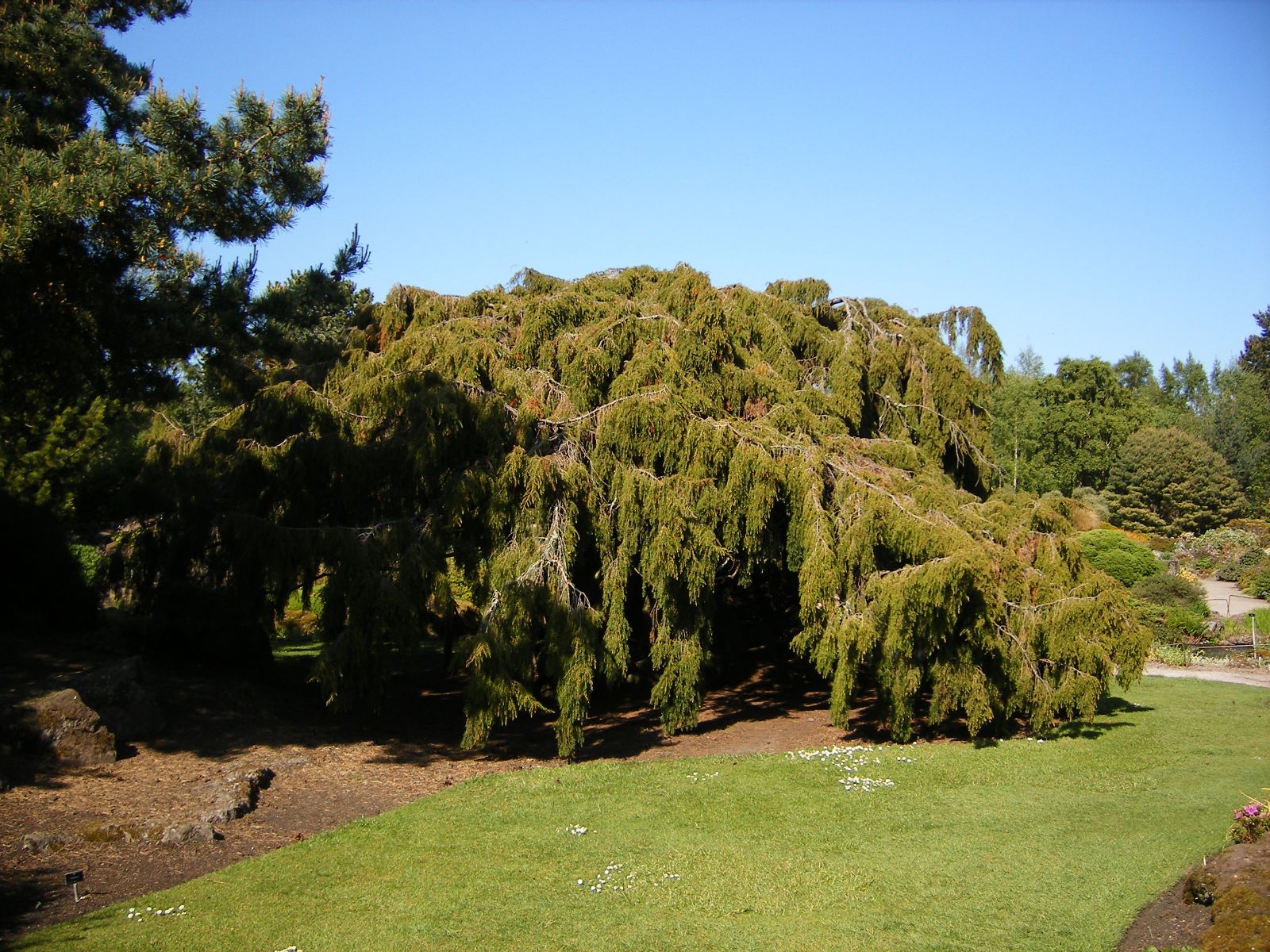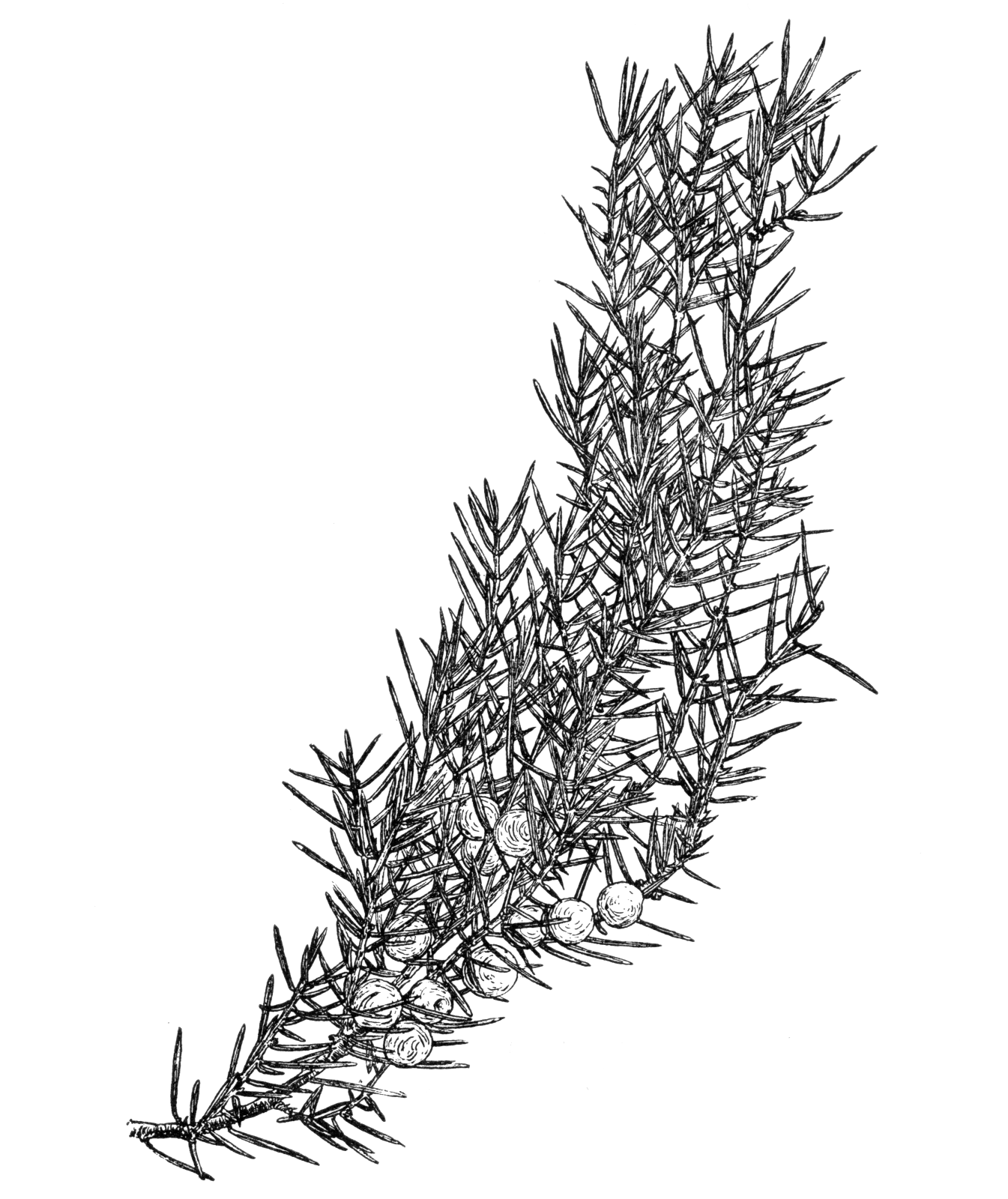Juniperus rigida
Credits
Article from Bean's Trees and Shrubs Hardy in the British Isles
Recommended citation
'Juniperus rigida' from the website Trees and Shrubs Online (treesandshrubsonline.
Genus
Other taxa in genus
- Juniperus bermudiana
- Juniperus cedrus
- Juniperus chinensis
- Juniperus communis
- Juniperus conferta
- Juniperus deppeana
- Juniperus drupacea
- Juniperus excelsa
- Juniperus flaccida
- Juniperus foetidissima
- Juniperus formosana
- Juniperus horizontalis
- Juniperus komarovii
- Juniperus occidentalis
- Juniperus oxycedrus
- Juniperus phoenicea
- Juniperus pingii
- Juniperus procera
- Juniperus procumbens
- Juniperus recurva
- Juniperus sabina
- Juniperus saltuaria
- Juniperus scopulorum
- Juniperus semiglobosa
- Juniperus squamata
- Juniperus thurifera
- Juniperus tibetica
- Juniperus virginiana
- Juniperus wallichiana
A tree sometimes 20 ft or more high, of elegant form, the branches being pendulous at the ends; young shoots glabrous, triangular. Leaves triangular in section, always needle-like and very slender, 1⁄3 to 3⁄4 in. long, and produced in spreading whorls of threes, very sharply pointed. The upper surface is deeply grooved and has one glaucous band of stomatic lines along the middle; elsewhere the leaf is bright green. Fruits 1⁄4 in. or more wide, at first broadly conical, then globose, dark brown, ripening the second year. Seeds one to three in each berry.
Native of Japan; introduced by John Gould Veitch in 1861. It thrives very well in the southern counties of England, making a small, broadly pyramidal shrub or small tree, but is not very common. Most closely allied to J. communis it is still very distinct in its narrower, longer leaves grooved along the upper side, and thinner, more elegant habit.
The finest specimen of J. rigida so far recorded in the British Isles grows at Tongs Wood, Hawkhurst, Kent; this measures 39 × 41⁄2 ft (1970). Others measured recently are: Leonardslee, Sussex, 37 × 21⁄2 ft (1970); Borde Hill, Sussex, 40 × 2 ft (1958); Smeaton Hepburn, E. Lothian, 34 × 21⁄4 ft (1966); Headfort, Co. Meath, Eire, 30 × 31⁄4 ft (1966).
subsp. nipponica (Maxim.) Franco J. nipponica Maxim.; J. communis var. nipponica (Maxim.) Wils. – A prostrate shrub found high in the mountains of Japan (Hokkaido and the northern part of the main island). This juniper is usually placed under J. communis but Franco points out (Boll. Soc. Broteriana, Vol. 36 (1962), p. 119) that it is really much nearer to J. rigida which it resembles in the grooved upper surface of the leaves.
From the Supplement (Vol. V)
specimens: Tongs Wood, Hawkhurst, Kent, 50 × 51⁄2 ft (1984); Leonardslee, Sussex, 40 × 23⁄4 ft (1979); Borde Hill, Sussex, Warren Wood, 40 × 23⁄4 ft (1981); Headfort, Co. Meath, Eire, the tree measured in 1966 has been blown down.


